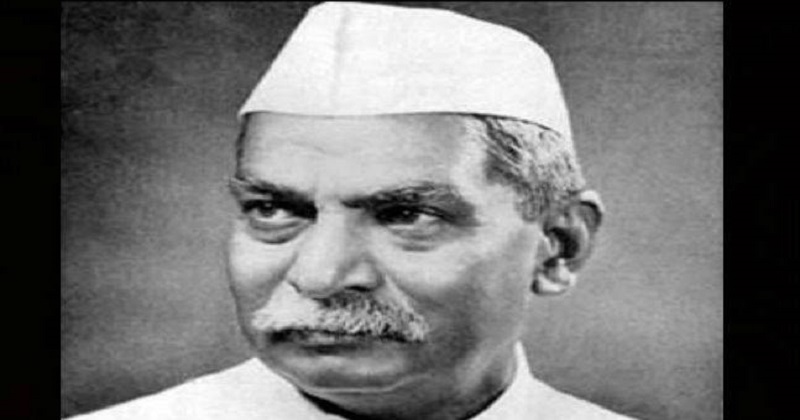
Dr. Rajendra Prasad was the first President of independent India. His contribution to the nation runs much deeper. He was one of the prominent leaders of the Indian Nationalist Movement alongside Jawaharlal Nehru, Vallabhbhai Patel and Lal Bahadur Shastri. He was one of those passionate individuals who gave up a lucrative profession to pursue a greater goal of attaining freedom for the Motherland. He took up the helms of designing the Constitution of the nascent nation by heading up the Constituent Assembly post-independence. To say it succinctly, Dr. Prasad was one of the chief architects in shaping the Republic of India.
Dr. Prasad entered the political arena in a quiet, light-footed manner. He attended as a volunteer in the 1906 Calcutta session of the Indian National Congress and formally joined the party in 1911. He was subsequently elected to the AICC.
In 1917, Mahatma Gandhi visited Champaran to support the cause of the peasants’ revolting against the forceful cultivation of Indigo by the British authorities. Gandhi invited Dr. Prasad to the area to undertake a fact finding mission regarding the claims of both the peasants and the British. Although skeptical initially, Dr. Prasad was mightily impressed by Gandhi’s demeanor, dedication and philosophy. Gandhi undertook the ‘Champaran Satyagraha’ and Dr. Prasad offered his whole-hearted support to the cause.
In 1920, when Gandhi announced the commencement of the Non-cooperation movement, Dr. Prasad gave up his lucrative law practice and dedicated himself to the cause of freedom. He led the programs of non-cooperation in Bihar. He toured the state, holding public meetings and making heartfelt speeches for the support of movement. He undertook collection of funds to enable the continuation of the movement. He urged people to boycott Government schools, colleges and offices. As a gesture of support to Gandhi’s call to boycott attending British sponsored educational institutions, Dr. Prasad asked his son Mrityunjaya Prasad to leave the University and join Bihar Vidyapeeth. He started the National College in Patna in 1921. He upheld the ideas of Swadeshi, asking people to boycott foreign goods, peruse the spinning wheel and wear only khadi garments.
Nationalist India expressed its admiration by electing Rajendra Prasad as the President of the Bombay session of the Indian National Congress in October 1934. He was elected President for a second time in 1939 when Subhash Chandra Bose resigned from the post. His third stint as the President of All India Congress Party was in 1947 when J. B. Kripalani resigned from the post.
He became very much involved in the Quit India movement launched by Gandhi in 1942. He led protests and demonstrations in Bihar (Patna in particular). The nationwide uproar demanding independence instigated the British Government to undertake mass arrest of all influential Congress leaders. Dr. Prasad was arrested from Sadaqat Ashram, Patna and was sent to Bankipur Central Jail where he spent 3 years imprisonment. He was released on 15 June 1945.
Dr. Rajendra Prasad was selected as the Food and Agriculture Minister in the interim Government headed by Jawaharlal Nehru in 1946. Soon he was elected President of the Constituent Assembly on December 11, the same year. He presided over the Constituent Assembly from 1946 till 1949 and helped frame the Constitution of India. On January 26, 1950, the Republic of India came into existence and Dr. Rajendra Prasad was elected to be the first ever President of the country. Unfortunately, on the night of 25 January 1950, a day before the Republic Day of India, his sister Bhagwati Devi passed away. He set about the cremation but only after his return from the parade ground.
As President of India, he duly acted as per the Constitution, independent of any political party. He travelled the world extensively as an ambassador of India, building diplomatic rapport with foreign nations. He was re-elected for 2 consecutive terms in 1952 and 1957, and remains only President of India to achieve this feat.

Post Your Comments